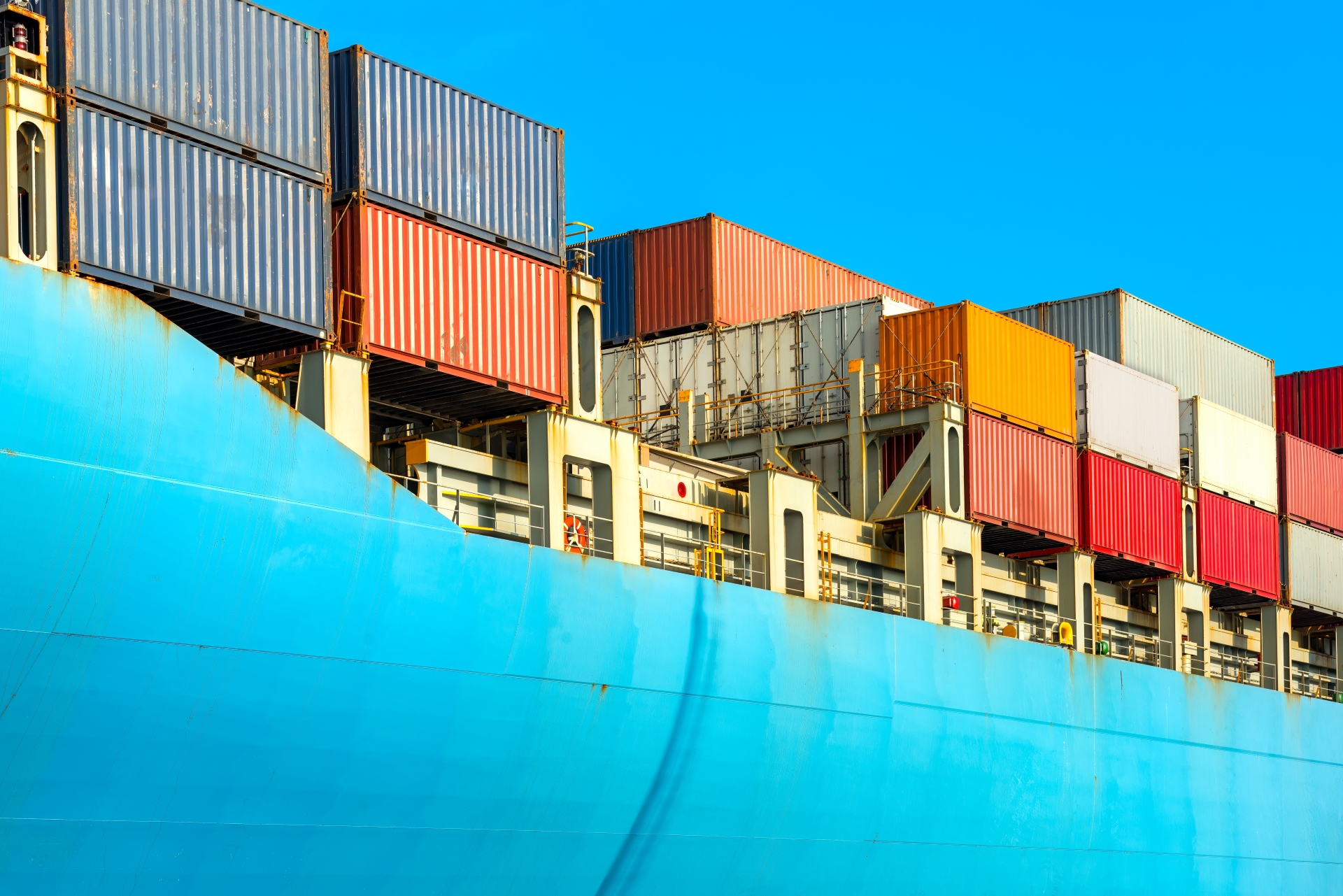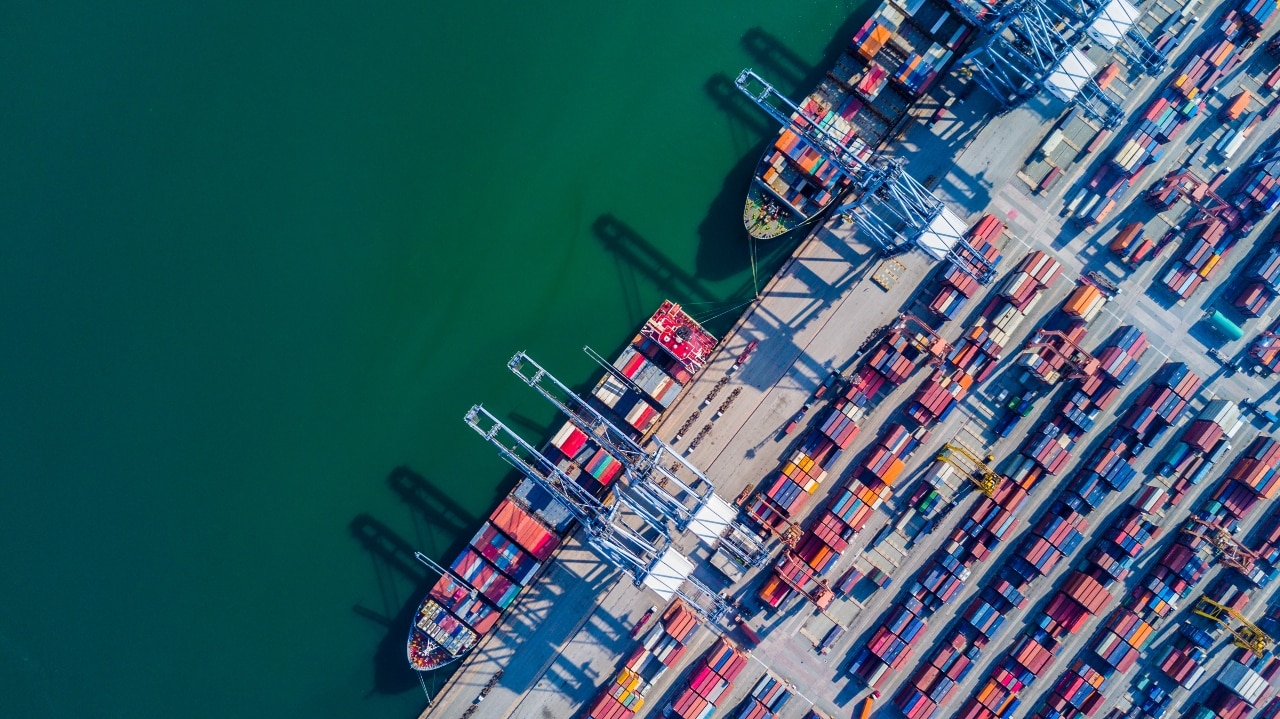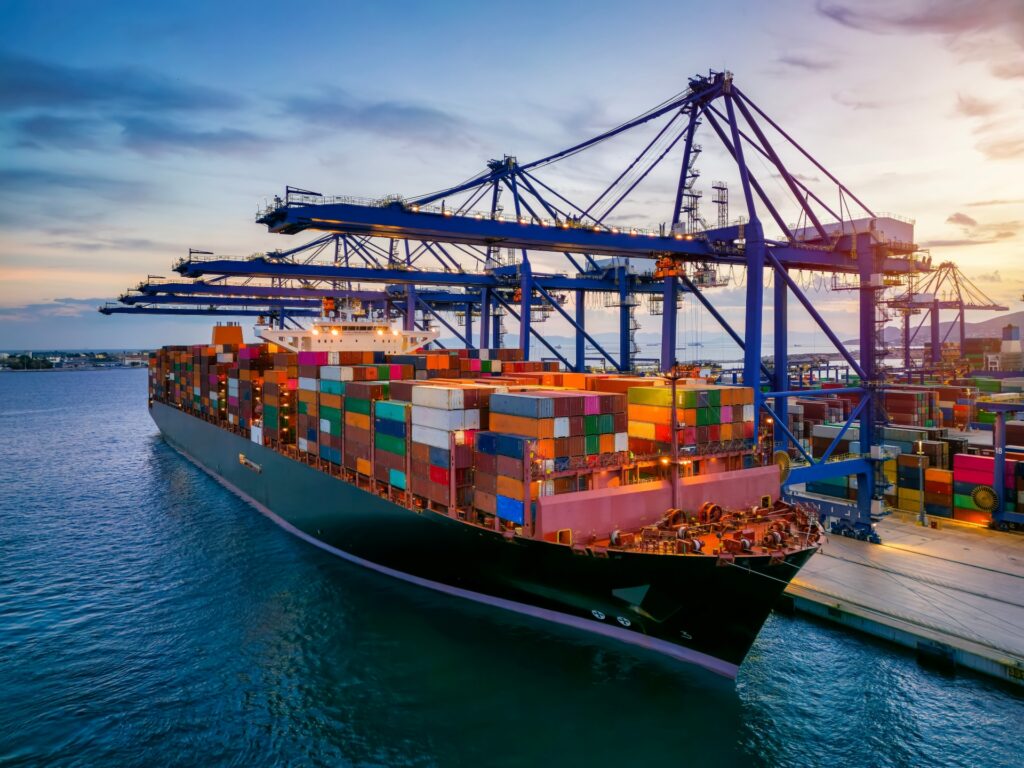Miguel Angel Bustamante Morales, a certified trainer on the Incoterms® 2020 rules and an active participant in the last three revisions of the Incoterms® 2020 rules (2000, 2010, 2020), discusses the inclusion of tariffs as a subject in an Incoterms® training session.
This is an accompaniment to our Incoterms® 2020 training toolkit, also built in collaboration with Miguel.

Free Incoterms® 2020 training toolkit
Understanding tariffs as part of global trade
Tariff changes are becoming a regular feature of global trade, often driven by shifting political priorities and unexpected trade negotiations.
Governments are increasingly adjusting tariffs as part of policies aimed at supporting domestic industries and manufacturing. This marks a shift from the free trade and multilateralism that once defined global commerce. Instead, protectionism, bilateralism and nationalism are influencing the nature of international transactions.
As highlighted in ICC’s guidance on using Incoterms® 2020 rules to manage tariff risk in international trade, the rules do not set tariff rates, but they do clearly define which party bears the costs of customs tariffs. This clarity helps businesses mitigate the risks of abrupt tariff changes and manage their cross-border contracts more effectively.
Focusing on Incoterms® 2020 training, it’s important to address the following:
- What is the relationship between Incoterms® 2020 rules and tariffs?
- Why might tariffs come up in training?
- When should tariffs be addressed? (e.g. during customs discussions, or when aligning tariff costs with the chosen Incoterm®)
- Why does correct Incoterms® rule use matter when managing tariff exposure?
Q1: What is the relationship between the Incoterms® 2020 rules and tariffs?
There is a direct relationship between the Incoterms® 2020 rules and tariffs. While the rules are widely known fordefining the place of delivery, transfer of risk, and cost allocation between seller and buyer, they also specify who is responsible for paying tariffs on export and import.
The Incoterms® 2020 rules clearly determine which party must handle customs duties and related formalities, including licenses, permits, authorisations, security checks, and any documentation required by customs authorities.
The ICC guidance note includes a helpful table that summarises ‘Who pays the tariff?’ for each Incoterms® 2020 rule, a resource worth incorporating directly into training materials.
Q3: Why might tariffs come up in training?
Tariffs are an inherent part of export and import transactions. Any training on the Incoterms® 2020 rules would be incomplete without addressing them – regardless of the participants’ experience or knowledge level.
According to the ICC guidance note, using the appropriate Incoterms® rule in a volatile tariff environment can:
- Clearly allocate the costs and responsibilities for tariffs
- Ensure proper pricing and risk management in cross-border contracts
- Avoid costly misunderstandings or legal disputes
- Enable quicker responses to policy shifts or tariff adjustments
Q3: When should tariffs be covered in training?
Tariffs should be addressed when explaining which party – seller or buyer – is responsible for export and import duties under each of the eleven Incoterms® 2020 rules.
Here’s a brief breakdown:
| Incoterm® | Description |
|---|---|
| EXW (Ex Works) | The buyer must pay all tariffs and handle all customs duties – export, import, and any required transit clearances. The seller has no responsibility beyond making the goods available. |
| DDP (Delivered Duty Paid) | The seller pays all export and import tariffs and fulfils all related customs duties, including any transit clearances. This rule places maximum obligation on the seller. |
| FCA, CPT, CIP, FAS, FOB, CFR, CIF | The seller is responsible for export clearance only. The buyer must handle: Import duties and tariffs Import customs clearance Any customs formalities required for goods in transit through third countries |
| DAP (Delivered at Place) and DPU (Delivered at Place Unloaded) | The seller covers export clearance and any customs duties for goods in transit. Thebuyer is responsible for import tariffs and import customs clearance. |
Q4: Why does the correct Incoterms® rule usage matter for tariff exposure?
The chosen Incoterms® rule directly determines who is responsible for export and import clearance, including the payment of tariffs. Sellers and buyers must carefully consider which rule best suits their position, especially in environments where tariffs are politically driven or unpredictable.

Using the Incoterms® 2020 rules to manage tariff risk in international trade
Case study: São Paulo to Seattle – choosing between DAP and DDP
A seller based in São Paulo, Brazil, contracts with a buyer in Seattle, Washington (USA) to supply spare parts for the aeronautics industry.
- Seller’s offer: Incoterms® 2020 DAP – buyer handles import clearance and pays any applicable import tariffs.
- Buyer’s preference: Incoterms® 2020 rule DDP – seller handles all duties and tariffs.
The seller, unwilling to take on the risk of unpredictable import tariffs or manage the import process, insists on DAP. The buyer, needing the goods urgently, accepts these terms.
The final contract reads:
“Spare Parts, Seattle-Tacoma International Airport, Delta Cargo Terminal, Seattle Washington, USA, Incoterms® 2020 DAP.”
The agreed payment method is a confirmed, irrevocable documentary credit, payable at sight, with standard documentation (commercial invoice, airway bill, packing list, quality certificate, etc.) Key dates:
- Latest shipment: 4 July 2025
- Expiry: 20 July 2025
- Shipment made: 3 July 2025
- Documents presented: 11 July 2025
- Payment confirmed: 16 July 2025
The confirming bank in Brazil paid the seller and forwarded the documents to the issuing bank in the U.S. Upon review, the buyer (applicant) paid the import tariffs, cleared the goods, and took delivery at their Seattle facility.
Key takeaway
By using DAP rather than DDP, the seller avoided tariff risk and import clearance obligations. The buyer accepted those responsibilities, aligning with the Incoterms® rule and the flow of documentation and payment. This example underscores how critical it is to choose the right Incoterms® rule to manage tariff exposure effectively.

Free Incoterms® 2020 training toolkit
Read other Incoterms® rules comparison guides:
For a complete list, go to our Incoterms® rules knowledge hub.




